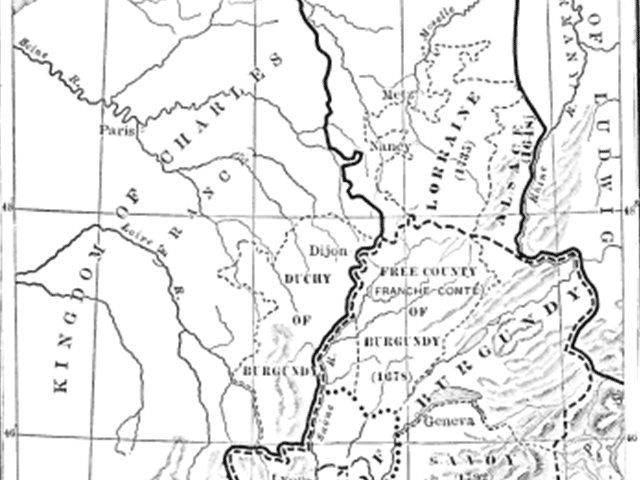<![CDATA[A group of archaeologists have recently discovered a necropolis dating back to 400 and 600 AD. The Merovingian-era graves were found at Saint-Aubin-des-Champs in the southern region of France. Over 300 graves were found in the necropolis, and they were still intact. The excavation at the site began in March of this year, and in these graves archaeologists found not only human remains, but ceramics, glass and metal artifacts. The graves were from the Merovingian dynasty, which was a dynasty that lasted 300 years from the 5th century AD. They ruled a region of Europe called Francia, which corresponded to the Roman provinces of Raetia, Germania Superior and the southern section of Germania. The Merovingian dynasty was started by Childeric I, and Clovis I united all of Gaul under Merovingian rule. The graves were uneven in terms of depth, with some going as deep as 5 feet into the ground. These graves were from several time periods, and because of this the researchers divided the graves into three groups: 5th century graves with artifacts and ornaments, 5th century graves with lesser ornaments (population started to become more Christianized), and 7th century graves with individuals wearing iron belt buckles. The first set of graves had more ornaments because the Merovingians believed that an individual should be well dressed for the afterlife. In one grave, archaeologists found the skeleton of a man with a myriad of goods at his sides, including glass containers, ceramics, tin plates, bronze basin, a decorated ax, a spear, a dagger and a silver coin in his mouth. The dead did not wear shoes in those times, but this man did. All graves contained wooden coffins at one time, but only the bones and artifacts remain as the coffins are now rotted away. The people in the necropolis were of various ages, except young children. Archaeologists are unsure as to the reason behind this, but hint to the fact that their graves may have been shallower, which caused them to have been disturbed by animals or natural causes, or it could be the culture of the Merovingians to bury their children elsewhere. It was indeed a practice of the Francians to not bury their children in the "community cemetery". Based on the finds, the researchers have come to the conclusion that the necropolis was the cemetery of a 5th century AD small village community. The cemetery was abandoned at around the seventh century for other sites nearby, such as monasteries and churches with the rise of Christianity in the region. The culture of the people who lived in this area during the Merovingian Dynasty is poorly documented, but this recent find will add more to the library of knowledge about the time period. The graves have not been looted and are intact, with many artifacts recovered that showed how the people in those times treated the dead. This will help archaeologists discover how the people of the area and in other parts of the region lived their lives. ]]>
Merovingian Necropolis Found In France
